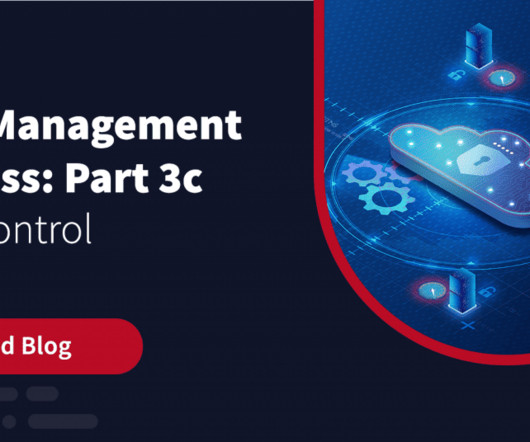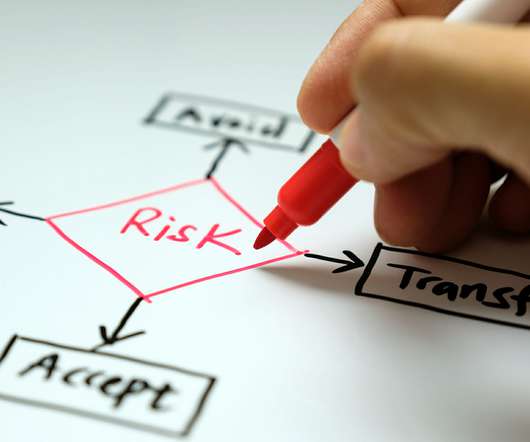Risk Management as a Career: A Guide for BCM Professionals
MHA Consulting
AUGUST 24, 2023
It’s not about eliminating risk completely but managing it in a rational, informed way. Because the organization and environment inevitably change over time, managing risk is a task that’s never done. It’s a permanent ongoing activity. The operational areas that risk management is concerned are broad and varied.



















Let's personalize your content